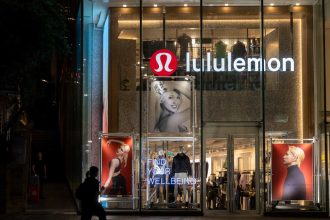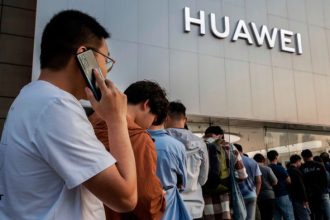The economy is starting to sputter as the last of the pandemic stimulus funds have been doled out and consumers face a major debt reckoning
The presidential election kept economists and corporate finance executives busy this year trying to assess what the future would hold. How can we plan when competing policies are so different? Who would be better?
My advice to industry execs long before the first vote was cast:
Understand the possible effects of BOTH and test your ASSUMPTIONS!
Either way, the forces that will shape the next year have already been in motion. The big squeeze is just beginning.
Any consumer-based segment is caught in the middle—between decelerating demand, competition, and trade. Companies will be eating those extra costs, as we reported here recently, because inflation has made consumers hyper-sensitive about prices.
At the top of my list of factors—the tsunami of federal spending set off by the pandemic is finally, after five years, slowing to a trickle. Most of us seem to have forgotten about all that hoopla. Many people don’t realize how massive the infusion has been, or don’t realize how they’ve benefitted.
Remember the good old days, starting with those overnight bulges in bank accounts in 2020? Over the first two years of the crisis, Congress passed five major stimulus bills which, altogether, came to about $5.5 trillion—cash payments, tax breaks, business and nonprofit subsidies, and expanded unemployment benefits, to name just a few examples. A full list of the major bills and how all that money was to be spent can be found at Investopedia.
About $2 trillion of it went to major infrastructure projects, especially road repairs and expansions. But the money for big spending packages like that takes years to work its way down to the local level. Have you noticed this past year or so that a lot of small contractors in your town seem to be driving brand new trucks?
Those are just some of the consumers who have been at the end of this gravy train. They may have been able to buy those trucks when the stimulus funds finally arrived to repave the streets of your town or replace aging bridges.
Or they’ve been busy installing HVAC systems in all the new apartment buildings that have been popping up in towns across the country, projects that depended on Federal Reserve lending decisions intended to keep the economy humming.
Those are just some of the downstream manifestations of federal efforts to keep the economy afloat.
Now, most of that money has been spent, and then some.
Next on my list is consumer debt. Shelter, especially rentals, remains unaffordable for many. Long-term homeowners whose properties spiked in value have borrowed against their equity and spent it. Those who didn’t have homes to tap for collateral ran up their credit card balances to an aggregate record level.
How much longer those pricey home assessments will hold up is anyone’s guess, but apartment prices—which had soared—are starting to retreat in once-hot markets like Austin, Texas. A decline in real estate values would put a big dent in budgets and spending plans, as would a correction in the stock market, which looks more inevitable every day that the markets flirt with new highs.
This year, consumers have already begun to tap out and major retailers have responded with competing price “rollback” promotions, with mixed results. Target Stores, which we warned about here in a column last April, is a prime example. The company’s stock was hammered this week after it turned in dismal third quarter results.
“Target’s in Trouble” was the headline in Barron’s. Consumers have been cutting back on higher-profit discretionary merchandise in general, the company said, although the bigger problem has been clumsy execution and late-to-the-game e-commerce initiatives.
Other iconic brands are struggling as well. Starbucks is in the middle of a turnaround crisis, partly a failure to read the culture and partly because a fancy, expensive cup of coffee feels less like a treat these days and more like a frivolous waste of money.
Nike is struggling as well. Do consumers still look at a $200 price tag for a pair of tennis shoes as a smart investment? Not Gen Z. They’re thrifting today, or knitting their own sweaters. And leather dress shoes are making a comeback.
In the car market, the value of the used vehicles is slowly trickling lower as we see more and more ads for new cars and huge incentives being offered. Let’s not forget the over-indexing of the EV market by GM, Ford and others who are now limited production of EVs or pausing it due to the fact that they have so much inventory. This does not even include the possibility of the new administration removing tax incentives on EVs which would slow their sales of EVs even further.
Next year is shaping up to be one of the economy’s most interesting periods, and the squeeze has already begun.
I hope that executives are looking at every angle, including the consumer’s point of view, before they act. If not, they may be as wrong as most of the polls.
Read the full article here





